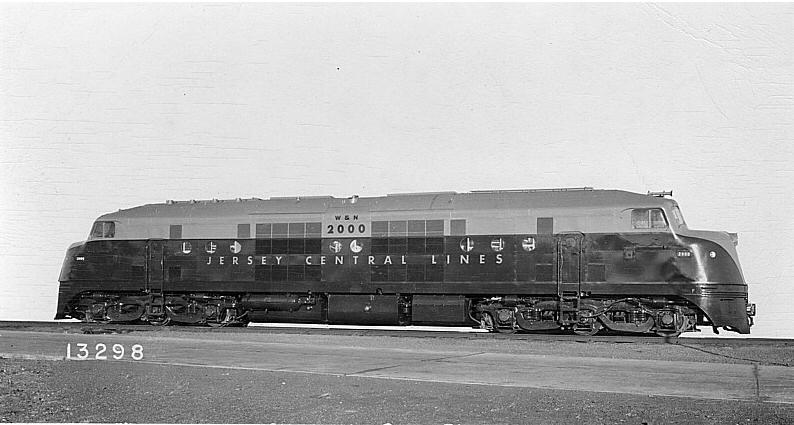Oh boy, let the games begin!
Though, reading through the rest of the article, I have to wonder if Siemens really did play dirty and knowingly lie about their product's abilities as has been claimed by EMD.
This can be easily figured out with the knowledge of some simple formulas and references to existing graphs. The general formula for tractive effort, given constant power, is kilo Newtons (kN) = Power (in kW) * 3.6 (constant) / Velocity (km/h). (
http://ocw.swjtu.edu.cn/download/resource/143/dean_1367037686790.pdf)Looking at this graph in the ACS-64 specification sheet (
http://www.mobility.siemens.com/mobility/global/SiteCollectionDocuments/en/rail-solutions/locomotives/customspecific-solutions/DB-Amtrak-EN.pdf) shows a train resistance of ~88 kN @ 125 mph (201 km/h) for an 18 car Amfleet train on level track. For the sake of our calculations here, I will assume a consist of 8 Amfleet cars, which should about cut the resistance to a more conservative 50 kN @ 201 km/h on level track (I don't have all the variables for the Davis Equation, so I'm throwing out a conservative estimate; the actual resistance may or may not be a little bit lower; perhaps someone may have a better estimate). Now, for HEP load, I will assume a nominal draw of 65 kW per Amfleet, which works out to 520 kW of HEP.
Given those parameters, let's look now at the two diesel engines being used:
The EMD CAT C175-20 engine puts out 4700 hp (3507 kW). We will assume a transmission efficiency (alternator to traction motors) of 90%. Factoring in HEP and locomotive parasitic load of ~650 kW, we end up with a traction power of ~2860 kW. Plug that into the formula for TE: 2860*3.6 / 201 = 51.224 kN of tractive effort. This means that, with a consist of 8 Amfleets, the EMD F125 would just barely generate enough tractive effort at 125 mph to overcome the resistance effort that I estimated earlier.
The Cummins QSK95 engine puts out 4400 hp (3284 kW). Assuming the same transmission efficiency and factoring in the same HEP and locomotive parasitic loads, we end up with traction power of ~2635 kW. Plug that into the formula for TE: 2635*3.6 / 201 = 47.2 kN of tractive effort. As logic would dictate, this is not enough to meet the estimated resistive force of 50 kN at 125 mph.
Interestingly enough, if you use the formula given and plug in a TE of 50 kN and solve for speed given the parameters of the Cummins engine, (50 = 2635*3.6 / V) V = 189.72 km/h, or ~118 mph, which is 3 mph lower than the estimated balancing speed of the Siemens locomotive provided by EMD. Mind you, now, resistance is lower at 118 mph than it is at 125 mph, so that difference would theoretically balance out to 121 mph (the balancing speed of the Siemens loco given by EMD), which makes my estimate of 50 kN resistive force in the ballpark of realism.





